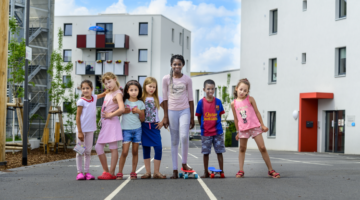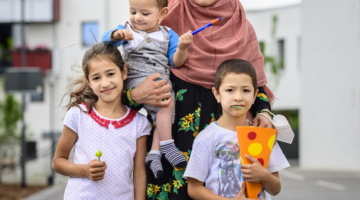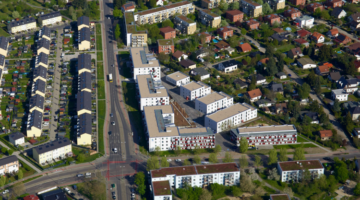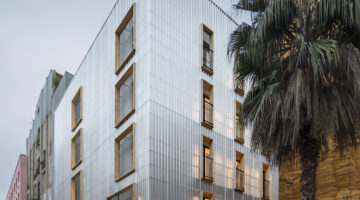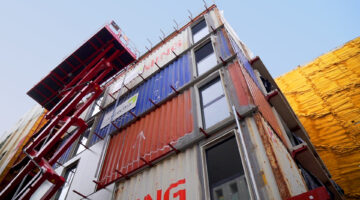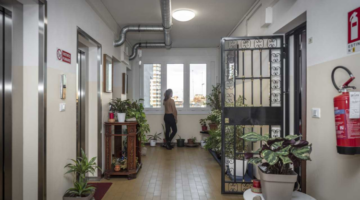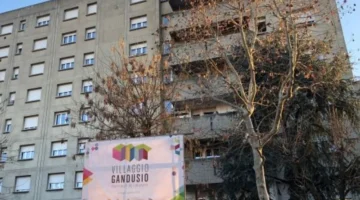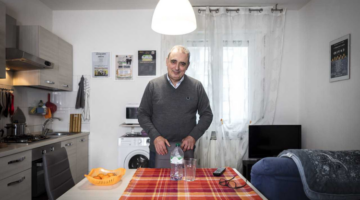Gent knapt op - Innovative ways to finance housing renovations
Main objectives of the project
“Gent knapt op” was born as the UIA project ICCARus (Improving housing Conditions for CAptive Residents) in Ghent (Belgium). The main goal of the project was to set up a new and innovative way of financing renovation projects of those residents “captive” in low-quality houses. In other words, to help low-income households that cannot foster a renovation, a recurring fund was set up.
Date
- 2020: En proceso
Stakeholders
- Constructor: Ghent City Hall
Location
Country/Region: Belgium, Ghent
Description
Many people in Ghent are living in low-quality housing units that urgently need renovation. Due to limited budgets, they are stuck in unsafe houses, not energy-efficient and not adapted to people’s physical needs. ‘Caught’ in bad living conditions, they are called ‘captive residents’. Currently, 10.000 households in Ghent are captive residents, which corresponds to 6.000 houses. In this context, the Ghent City Hall faced an urban emergency with little ability to intervene. Many of those captive residents did not fulfill the criteria for renovation grands. So, innovative ways of financing their renovation needed to be found.
Drawing on the Dampoort Knapt Op’ 2015 experience, Ghent set up “Gent knapt op”, with the help of the UIA project ICCARus. The main goal was starting a “recurring fund”. How does this fund work? The project provides for a maximum of 30,000 euros to renovate the house. This fund should be returned. However, the innovation is that it is only returned once the building or the house is sold (or alienated, donated…) to a third party. Once the house is sold, the fund earns the surplus of the selling so they can invest in a new renovation. In this way, the public investment fund can be used over and over again to tackle the low housing quality of vulnerable homeowners.
How is the value to repay calculated? If the value of the house at the moment of repayment is higher than the initial value of the house, plus the value of the contribution adjusted for inflation, then the added value is divided between the owner and the Public Center of Social Welfare. The percentage is based on the ratio between the value of the house before the renovation and the financial contribution. The Public Center of Social Welfare takes a mortgage on the house to ensure that the financial contribution will be paid back.
Apart from the fund, the project also gives guidance to the owners that are in the program. The social and technical help is imperative while renovating the house, so the owners feel secure and heard during the process.


